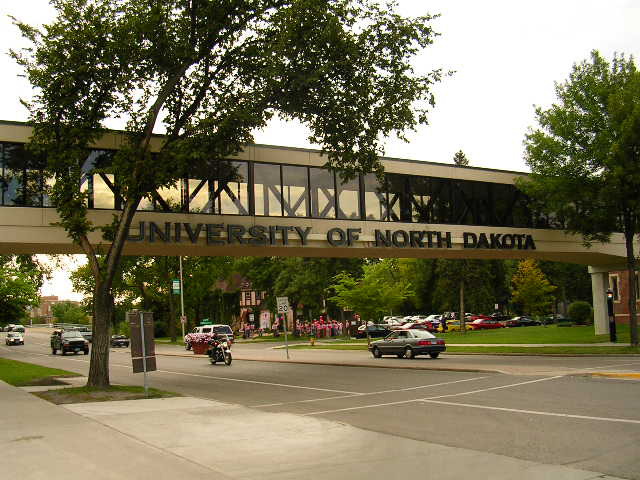Introduction
With its vast, sprawling landscape and rich cultural heritage, North Dakota consistently ranks among one of the best places to live in the United States, earning the title of “One of the Top 100 Communities for Young People” in 2005 and coming in tenth on Sperling’s best places to live in 2004.
The University of North Dakota, which boasts a student population hovering near 15,000, offers a diverse student population and sits in Grand Forks, North Dakota’s third largest city. While nearly half of all students hail from their home state of North Dakota, students from all 50 states, eight provinces in Canada, and more than 50 countries also call the University of North Dakota home.
Grand Forks provides a scenic background and plenty of cultural, artistic, and outdoor activities for students looking for a break from studying. The curtain rises on Broadway performances at the Chester Fritz Auditorium, conveniently located on the campus of the University of North Dakota while the Crimson Creek Players bring classic musicals to the stage.
North Dakotans enjoy a plethora of outdoor activities year round in Grand Forks. Biking, birding, canoeing, golfing, and fishing all offer ideal ways to spend a summer afternoon while winter brings plenty of opportunity for cross country skiing and snowmobiling. The city also features 43 miles of biking trails with the North Star Trail ending at Turtle River State Park, providing bikers with a workout as the trail winds over hills and flatlands.


